Church History 7, the First Church Community 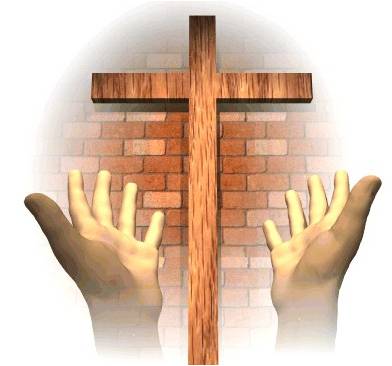
The very first group of believers were Jewish, about that there is no doubt. So, for a time they remained devout in adherence to Jewish law and practices. This no doubt helped them have some level of security while they remained in Jerusalem. The original group included Jesus' mother, Mary, as well as others from His family, and it included the apostles: Peter, James and John, Andrew, Philip, Thomas, Bartholomew, Matthew, James son of Alphaeus, Simon the Zealot, and Judas son of James. This group had chosen a disciple named Matthias to be the 12th apostle, replacing Judas Iscariot.
As we discussed in the events during the Pentecost feast, this original small company began to mushroom in size. The new movement was then referred to as "The Way." Sometime during this period, they adopted the Greek word ekklesia (which translate to "church" in English) to describe their community or assembly – a gathering of people, God's people.
Under the leadership of the apostles, this earliest church maintained its unity by two special ceremonies that kept them connected to the reality of Jesus' death and resurrection. These were baptism and the Lord's Supper.
Baptism was nothing new to these believers. However, baptism in this new apostolic community, this new church, was different than the former baptism of John the Baptist.
-
John's baptism was a baptism of repentance and a profession of faith in a kingdom yet to come
-
Baptism in the newly formed church, on the other hand, marked entrance into a spiritual kingdom already proclaimed
The Lord's Supper, of course, symbolized and connected the people in Jesus' death and new life in the Spirit. What a beautiful process the Lord had provided for this remembrance. The elements were and are exactly those that were always available in the most simple of Jewish meals
-
Bread, to represent the body of Christ broken for us
-
Wine, to represent Jesus' blood, marking the new covenant of forgiveness for our sins
Mt 26:26While they were eating, Jesus took bread, gave thanks and broke it, and gave it to his disciples, saying, “Take and eat; this is my body.”
27Then he took the cup, gave thanks and offered it to them, saying, “Drink from it, all of you.
28This is my blood of the covenant, which is poured out for many for the forgiveness of sins.
This simple meal allowed them to join together in remembrance of the Lord, just as it still today allows us to renew our covenant with God and with one another as Christ's church.
Next post – the Hellenists.
Blessings,
Larry
| Church History 6, more about Pentecost 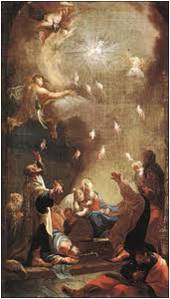
The Lord was using the traditions of Pentecost (Shavuot in Hebrew) to communicate a message to his people. The traditional reading for this feast is Exodus 19-20, which tells the story of what happened when God came down on Mount Sinai to give Moses the Ten Commandments in order to seal the covenant. In that event, the whole mountain seemed consumed with fire.
Ex 19:18Mount Sinai was covered with smoke, because the LORD descended on it in fire. The smoke billowed up from it like smoke from a furnace, the whole mountain trembled violently,
Just as the divine presence on Sinai was dramatically marked with fire, God was making his presence dramatically known at Pentecost with tongues of fire. There is a great difference! Instead of carving laws on tablets of stone, he was now enshrining the new covenant on the hearts of men through the power of the Holy Spirit. On this specific day of Pentecost He gave his Spirit to seal a new covenant for the forgiveness of our sins, empowering us to live in communion with God.
Acts 2:1When the day of Pentecost came, they were all together in one place.
2Suddenly a sound like the blowing of a violent wind came from heaven and filled the whole house where they were sitting.
3They saw what seemed to be tongues of fire that separated and came to rest on each of them.
Because it was this important, traditional holiday, Jerusalem was filled with visitors from many places, people who spoke in many different languages/tongues. As the Holy Spirit enabled people to hear and understand Peter and the other apostles, in spite of the language differences, we can see how the Lord was facilitating and preparing for his gospel message to rapidly spread.
Acts 2:5Now there were staying in Jerusalem God-fearing Jews from every nation under heaven.
6When they heard this sound, a crowd came together in bewilderment, because each one heard them speaking in his own language.
7Utterly amazed, they asked: “Are not all these men who are speaking Galileans?
8Then how is it that each of us hears them in his own native language?
9Parthians, Medes and Elamites; residents of Mesopotamia, Judea and Cappadocia, Pontus and Asia,
10Phrygia and Pamphylia, Egypt and the parts of Libya near Cyrene; visitors from Rome
11(both Jews and converts to Judaism); Cretans and Arabs—we hear them declaring the wonders of God in our own tongues!”
12Amazed and perplexed, they asked one another, “What does this mean?
We have now covered two events, the death of Stephen and the arrival of the Holy Spirit on Pentecost. We see that God was using significant events to stimulate the new church. In this manner, the first 40 years of the infant church accomplished tremendous growth and spread. Across the Roman Empire in all of its major cities, the church was transformed from a tiny Jewish sect into a fellowship of many different peoples.
Blessings,
Larry
| Church History 5, Pentecost 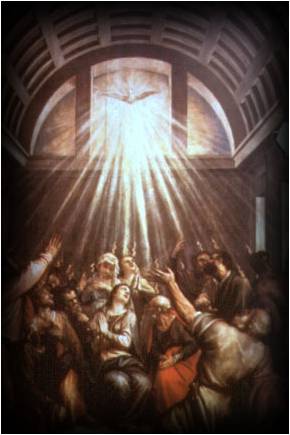
Just less than two months after Jesus' crucifixion, the festival of Pentecost took place in Israel. In Hebrew this feast is called Shavuot, meaning weeks. In Greek it is named for the fifty days of counting after the Firstfruits festival and is called Pentecost.
Many Christians think that Pentecost was somehow created/invented by the Christian church. After all, we mark it as the day when the first believers received the Holy Spirit, and we call it the "birthday of the church." However, Pentecost was a holiday and feast that was observed for centuries prior to Jesus' time on earth.
So, it was not a new holiday for the church. It was a significant moment, the birthday if you will, of our church. Here is how the amazing event was described in Acts.
Acts 2:1When the day of Pentecost came, they were all together in one place.
2Suddenly a sound like the blowing of a violent wind came from heaven and filled the whole house where they were sitting.
3They saw what seemed to be tongues of fire that separated and came to rest on each of them.
4All of them were filled with the Holy Spirit and began to speak in other tongues as the Spirit enabled them.
5Now there were staying in Jerusalem God-fearing Jews from every nation under heaven.
6When they heard this sound, a crowd came together in bewilderment, because each one heard them speaking in his own language.
7Utterly amazed, they asked: “Are not all these men who are speaking Galileans?
8Then how is it that each of us hears them in his own native language?
9Parthians, Medes and Elamites; residents of Mesopotamia, Judea and Cappadocia, Pontus and Asia,
10Phrygia and Pamphylia, Egypt and the parts of Libya near Cyrene; visitors from Rome
11(both Jews and converts to Judaism); Cretans and Arabs—we hear them declaring the wonders of God in our own tongues!”
12Amazed and perplexed, they asked one another, “What does this mean?”
You can continue to read in Acts 2, the speech that Peter used to proclaim the events around Christ and the gospel of salvation. The impact was tremendous, and this fledgling church saw a phenomenal burst of growth in that same day.
Acts 2:36“Therefore let all Israel be assured of this: God has made this Jesus, whom you crucified, both Lord and Christ.”
37When the people heard this, they were cut to the heart and said to Peter and the other apostles, “Brothers, what shall we do?”
38Peter replied, “Repent and be baptized, every one of you, in the name of Jesus Christ for the forgiveness of your sins. And you will receive the gift of the Holy Spirit.
39The promise is for you and your children and for all who are far off—for all whom the Lord our God will call.”
40With many other words he warned them; and he pleaded with them, “Save yourselves from this corrupt generation.”
41Those who accepted his message were baptized, and about three thousand were added to their number that day.
If you have ever been to Jerusalem, or seen pictures of the city around the temple area, you know that it is a very compact city. It is amazing to imagine 3000 people gathering outside of any of the houses inside of that cramped city, much less a place to baptize that many people. No house could accommodate that. However, historical records indicate that just outside of the temple there were more than 100 ceremonial pools. These were used for purifying worshipers before entering the temple. This would have been the place where those 3000 new Jewish believers in Jesus could have been baptized.
We will include a few more comments about this Pentecost feast in the next post.
Blessings,
Larry
| Church History 4, The Earliest Steps 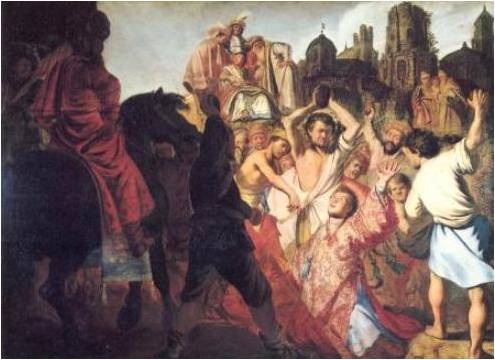
It was obvious that the Apostles would have quite a challenge in the initial days, weeks and months of the new church. The tension between the old and new, the Jewish roots and the church of the Jewish Messiah, Jesus, are perhaps most vividly seen in the story of Stephen's death.
Stephen, preaching the gospel, was confronted by the Jewish authorities. The dispute all centered around the interpretation of the Old Testament. It wasn't a question of what those ancient Scriptures said; it was a matter of what they meant. If Christ's claims were true, and they were, the Jewish leaders were confronted with having to abort their standard interpretation of the Old Testament.
Stephen went to great and powerful lengths to express the Truth of the Lord from those ancient texts (read his speech in Acts 7:1-53), yet the leap was too great for the Jewish leaders. Not able to accept his teaching, the authorities and the crowd stoned Stephen to death, for which Stephen is recognized as the first Christian martyr.
Acts 7:54When they heard this, they were furious and gnashed their teeth at him.
55But Stephen, full of the Holy Spirit, looked up to heaven and saw the glory of God, and Jesus standing at the right hand of God.
56“Look,” he said, “I see heaven open and the Son of Man standing at the right hand of God.”
57At this they covered their ears and, yelling at the top of their voices, they all rushed at him,
58dragged him out of the city and began to stone him. Meanwhile, the witnesses laid their clothes at the feet of a young man named Saul.
59While they were stoning him, Stephen prayed, “Lord Jesus, receive my spirit.”
60Then he fell on his knees and cried out, “Lord, do not hold this sin against them.” When he had said this, he fell asleep.
We clearly see that these first days of the church had much reason for fear among these earliest disciples – strengthening and support by the Holy Spirit would be critical.
We will look at that amazing event next time.
Thanks and blessings,
Larry
| Church History 3, That Early Jewish Setting 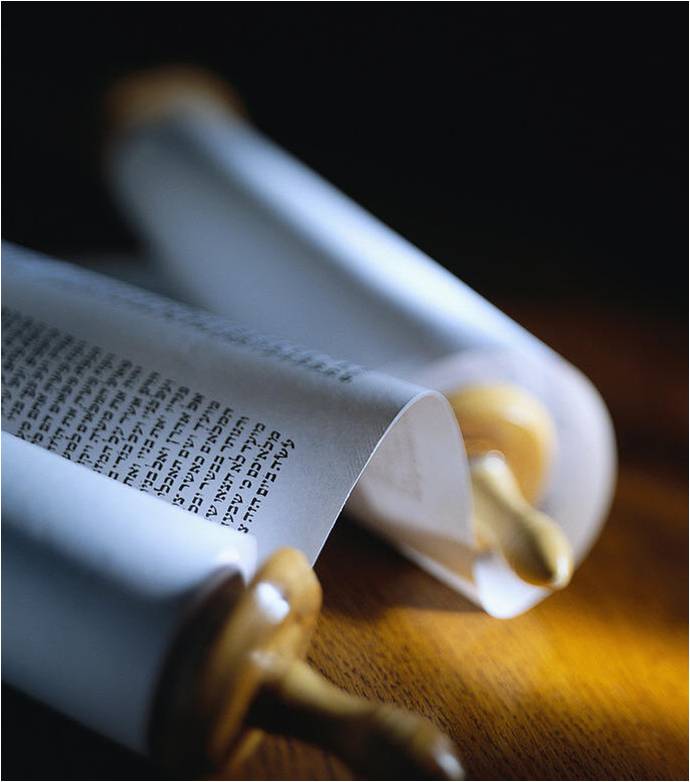
Jesus was Jewish, and was raised in the Jewish religion. It is helpful for us to understand that even in the Jewish faith of that time there was division and tension. Sometimes we think that it is only the Christian church that has experienced division. However, in Jesus day the Jews were not all united in their faith community.
Shelley's book describes the place nicely, and the author highlights the three main religious groups among the Jews, but also the close geographic proximity of other pagan religions. Of course, it was in this setting and among these diverse religious factions that Jesus started the new movement that would become His church.
During the days of Jesus, Palestine never lacked for loyalties. It was a cross-roads of culture and peoples. It's 2,000,000 or more people, (the Jews were approximately half of this population) – ruled by Rome – were divided by region, religion and politics. "In a day's journey a man could travel from rural villages where farmers tilled their fields with primitive plows to bustling cities where men enjoyed the comforts of Roman civilization. In the Holy City of Jerusalem, Jewish priests offered sacrifices to the Lord of Israel, while at Sebaste, only 30 miles away, pagan priests held rites in honor of the Roman god Jupiter."
The divisions among the Jews in Jesus day included a number of groups. Four major ones were:
-
Pharisees – this was the group that emphasized the strict traditions and practices of Jewish law. They had an extreme intolerance of people who they considered "unclean" in accordance with the law. Pharisee means "separated ones."
-
Sadducees – this was a conservative political group. They controlled the Sanhedrin, the high Jewish council. This included the high priest and the lesser priests. Many Sadducees actually found Roman rule to be an advantage. It allowed them to have positions in Jerusalem's aristocracy.
-
Zealots – this party was bent on resistance to Roman rule. They desired to combine religious zeal with their swords in order to stop their overlords.
-
Essenes – this was a group that lacked political interest. They withdrew into the wilderness and lived in monastic communities. They combined together in studying Scripture and preparation for the Lord's kingdom.
Centuries earlier the prophets had promised the day when the messiah, the anointed one, would come. The fulfillment of this should not have been a surprise. We read in Acts the pervasiveness of this prophesy.
Acts 3:24“Indeed, all the prophets from Samuel on, as many as have spoken, have foretold these days.
In these days in Jerusalem following the death and resurrection of Jesus, the apostles set about reminding the people they encountered of the Scriptures that foretold the events. As they did this, the body of believers grew in an amazing way.
Thanks and blessings,
Larry
| Church History 2, The Great Commission 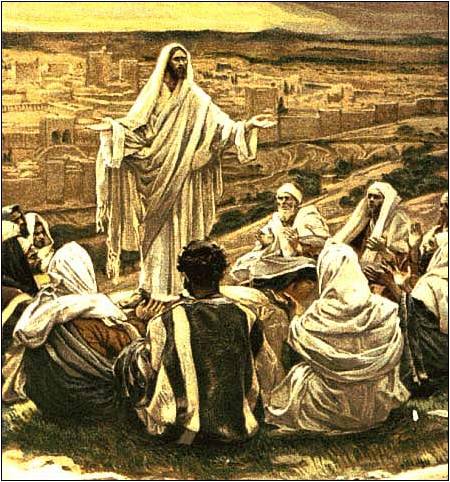
Christ gave the command to his disciples to take the Good News to the world. We refer to this as the "great commission."
Mt 28:19Therefore go and make disciples of all nations, baptizing them in the name of the Father and of the Son and of the Holy Spirit,
20and teaching them to obey everything I have commanded you. And surely I am with you always, to the very end of the age.”
The purpose for Christ's church seems very clear from this statement of commission. A key word in Jesus' statement is "go," – clearly an action verb that indicates that the mission of His church is out in the world.
We could see this same pattern of movement and activity in Christ's ministry. He was the living example of traveling and preaching. Jesus was traveling continuously with his band of disciples.
Jesus was mobile in his ministry – his expectation of the church from its start was to "go" with His Good News, and make disciples.
Jn 2:12After this he went down to Capernaum with his mother and brothers and his disciples.
Immediately thereafter He and his disciples were again on the move.
Jn 2:13When it was almost time for the Jewish Passover, Jesus went up to Jerusalem.
This trend of moving frequently from place to place was His practice. Each location provided opportunities for deep lessons, for his disciples and all those He encountered.
Key lesson– the work of the church for the Lord is not limited to time within the walls of our church buildings. We are to take His message, the gospel, to the world.
Another important instruction directly from the Lord was that the Apostles were to not act alone, or even start out alone, until they were empowered by the Holy Spirit.
Acts 1:4On one occasion, while he was eating with them, he gave them this command: “Do not leave Jerusalem, but wait for the gift my Father promised, which you have heard me speak about.
5For John baptized with water, but in a few days you will be baptized with the Holy Spirit.”
6So when they met together, they asked him, “Lord, are you at this time going to restore the kingdom to Israel?”
7He said to them: “It is not for you to know the times or dates the Father has set by his own authority.
8But you will receive power when the Holy Spirit comes on you; and you will be my witnesses in Jerusalem, and in all Judea and Samaria, and to the ends of the earth.”
We see clearly that as Jesus began his church, the mission was God's, and Christ is to lead by means of the Holy Spirit. Jesus Christ is the head of the church.
His Apostles, the initial human leaders of the church, were to act at his direction. We today must not forget the importance of our complete dependence on his Holy Spirit as we conduct the ministry work of the church.
We continue in Acts next time.
Blessings,
Larry
| Church History 1, Introduction 
This is the initial post of a new ATC blog thread that will focus on Church History. Due to seminary and ministry commitments, the original posts will be entered over a few weeks, with much slower activity during seminary semesters, which tend to be two months in length.
Church history is a very important topic, although many faithful Christians are not well informed and/or well studied on the events that cover the approximate 2000 years since Jesus' death on the cross and resurrection. These two millennia are full of lessons that are vital to the church. Many are miraculous – positive sources of wonder. Others, well, there are some we can never be proud of. They hold for us not only the story of the growth and progress of the Christian church, but also rich insights into problems that were encountered in the journey. If we can understand those, perhaps we can prevent similar barriers to the progress of Christ's mission for the church as it continues via our ministries today.
We will start at the beginning, with Christ's great commission message to his disciples – the Apostles. We will trace from that new church of the first century and the "age of the apostles," through the centuries between then and now. Several valuable resources will be consulted along the way. Principle among these are:
Grudem, Wayne A. Systematic Theology: An Introduction to Biblical Doctrine. Leicester, England: Inter-Varsity Press, 1994.
Olson, Roger E. The Mosaic of Christian Belief: Twenty Centuries of Unity and Diversity. Downers Grove, Ill: Inter-Varsity Press, 2002.
Olson, Roger E. The Story of Christian Theology. Downers Grove, Ill: Inter-Varsity Press, 1999.
Shelley, Bruce L. Church History in Plain Language. Dallas, TX: Word Pub, 1995
Other sources will be cited as we proceed. This will no doubt be a lengthy series; after all, we are talking about 2000 + years of history. Emphasis will be on trying to highlight the stories contained in history, along with how we might learn and benefit from those stories as we work in our ministries and churches today. In this blog we will not explore every theological issue to the greatest depth, but we will strive to report historical facts, including Scripture, so that we can each see a picture of what happened. Hopefully that will enable our learning and understanding of how and why we are where we are with the church today.
I hope you enjoy this process,
Larry
| | |
|